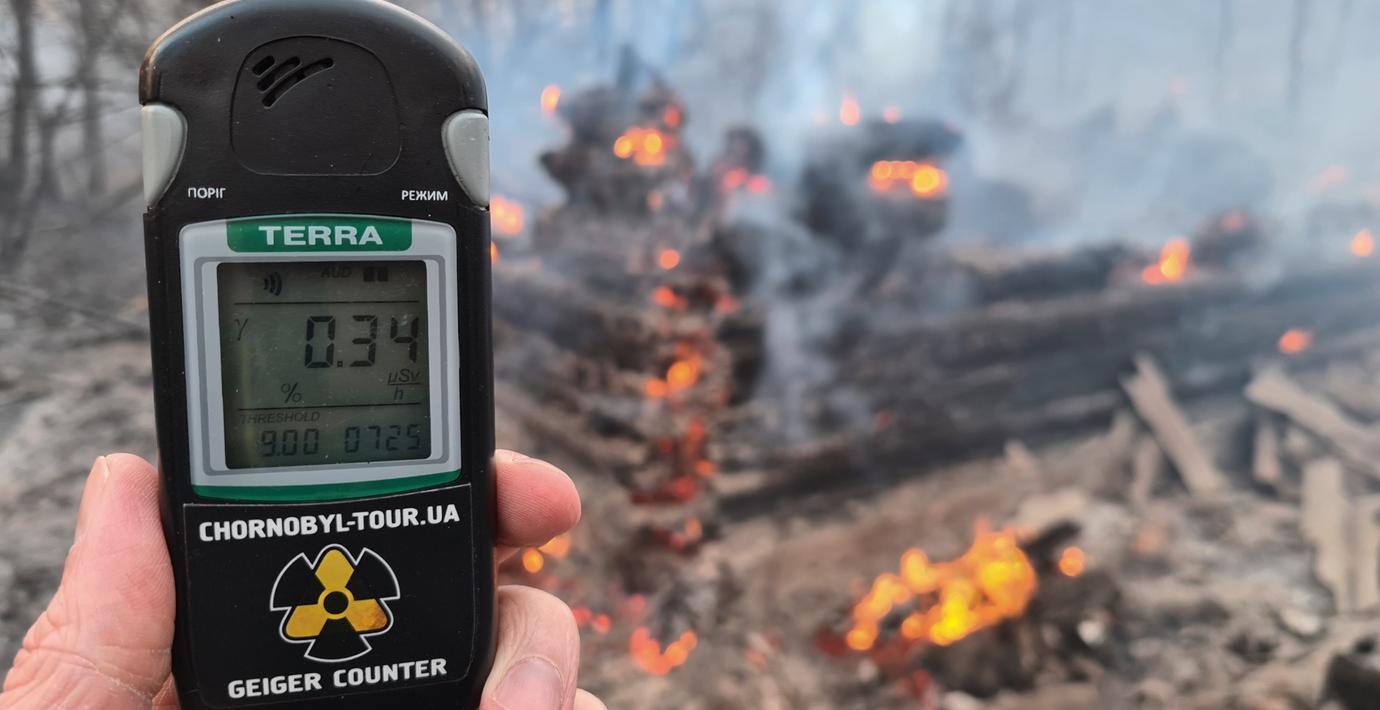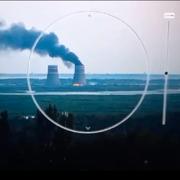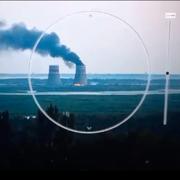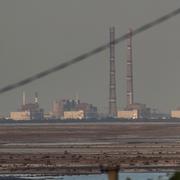
Övervakningen av strålning i förbjudna zonen ur funktion
Systemet som övervakar strålningsnivåerna i den så kallade förbjudna zonen som omger det nedlagda kärnkraftverket i Tjornobyl är ur funktion. Det uppger bolaget Energoatom enligt Reuters.
”Det finns ingen data över det nuvarande tillståndet för det radioaktiva nedfallet i zonen, vilket gör det omöjligt att agera adekvat på hot”, står det i ett uttalande från Energoatom.
Att systemet inte fungerar är en konsekvens av att de ryska styrkorna tagit kontroll över området och den nedlagda anläggningen, uppger bolaget.
Den förbjudna zonen är ett område på 30 kilometers radie som spärrades av för människor efter olyckan 1986. Det bedöms farligt att vistas där på grund av den höga radioaktiva strålningen.
Fotnot: Omni har ändrat hur vi skriver namnet på Ukrainas huvudstad till Kyiv, i stället för Kiev. Detta eftersom Kyiv är en mer korrekt transkribering av det ukrainska uttalet av huvudstadens namn, medan Kiev utgår ifrån det ryska uttalet. Vi har samtidigt ändrat hur ett antal andra ukrainska namn skrivs, exempelvis Odesa, Dnipro, Tjornobyl och Krym.



